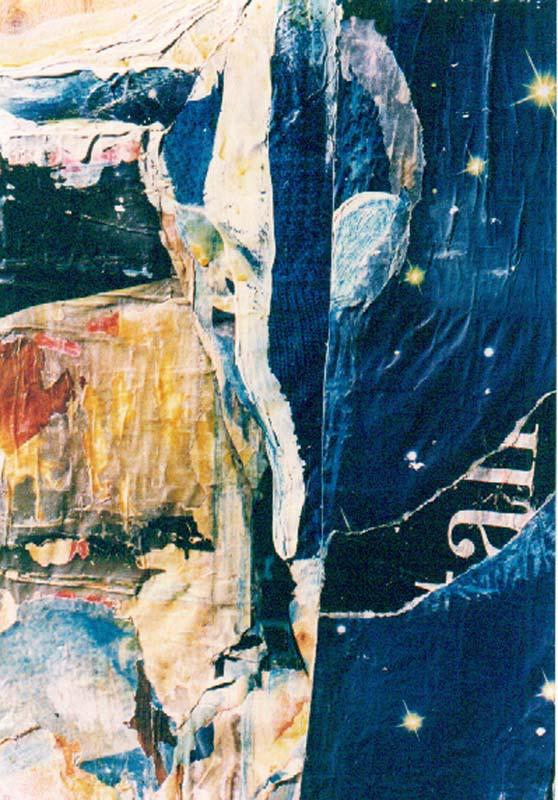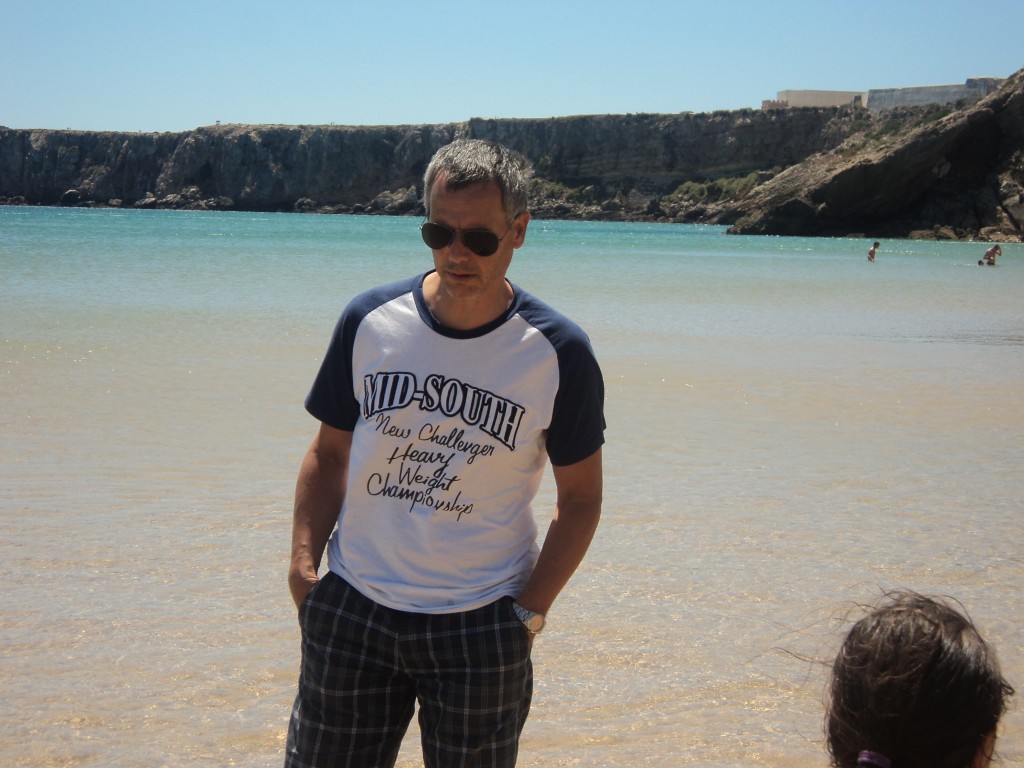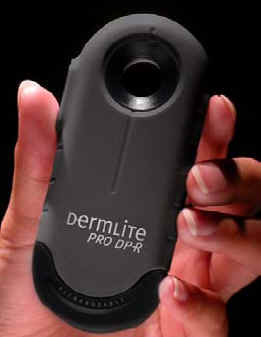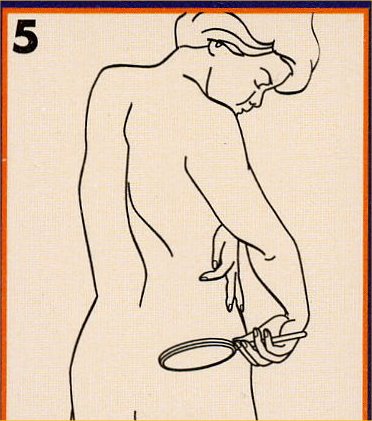As we have already said, the onset of melanoma is favored by excessive exposure to ultraviolet rays, so the best prevention is to reduce this exposure.
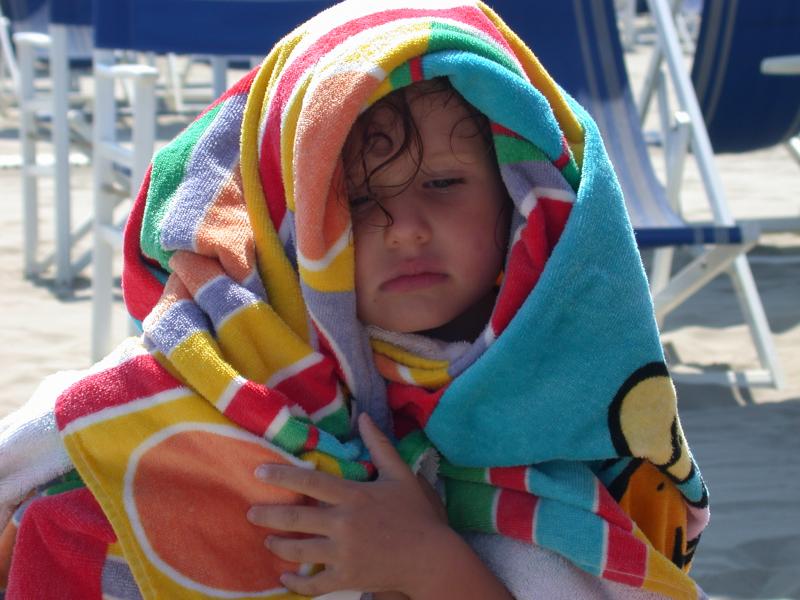
It is therefore advisable not to expose yourself during the hot period in the central hours of the day in particular from 12 to 16, furthermore it is advisable to expose yourself to the sun cautiously using creams with a high protection factor (from 20 to 50+ based on to the phototype). Many patients tell me that using creams they don’t tan, this is a mistake because even using 50+ creams part of the radiation passes and the tan is obtained gradually over a few days.
As far as children are concerned, special attention must be paid since it seems that burns suffered as a child in particular can favor the development of melanoma, therefore it is advisable to take children to the beach in the early morning and late afternoon hours, avoiding the central hours of the day, if the child takes a bath (obviously also applies to adults) it is necessary to reapply the cream. It is therefore advisable not to leave the child in the water all the time, but it is advisable to let him bathe only during one period of the day. I also recommend that from 12 to 15 if the children stay on the beach it is necessary to put on the shirt and keep them in the shade. The use of the hat is recommended for children and bald people.
Ultraviolet lamps predispose to melanoma as much as excessive sun exposure, so sessions should be limited (in daily practice I have seen guys who run two UV lamps a week for the whole year). A recent study found that those who regularly run UV lamps have a 74% higher chance of developing melanoma. Currently in the USA (California) a tax has been introduced on the use of UV beds to discourage their use.
For those, however, who work exposed to the sun such as bricklayers or road workers, it is necessary that they do not take off their shirt and use a hat. Barrier creams should always be used.
It is also extremely important that the patient checks his skin every 4 months by self-assessing his nevi, if the person detects a nevus of an irregular shape or color he must go to the doctor in charge or better to the dermatologist.
As far as prevention is concerned, it is extremely important that patients undergo a dermatological visit with a dermatoscopic examination, since this examination also allows for a more detailed analysis of the nevi and the recording of images of the atypical nevi so that it is possible to follow up the lesions comparing images over time. Furthermore, the dermatologist is able to inform patients about the risks of excessive sun exposure and how to protect themselves from the sun by identifying the phototype and recommending the most suitable photoprotective cream. The dermatologist can finally remove the suspicious melanocytic lesions on the basis of his own experience.
